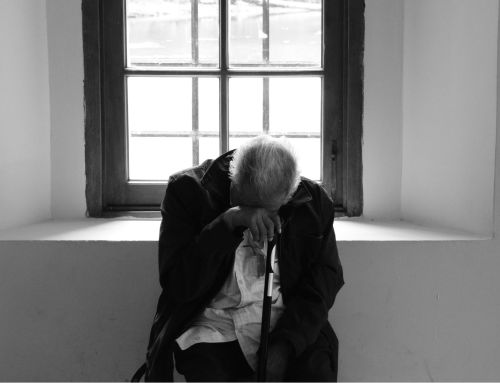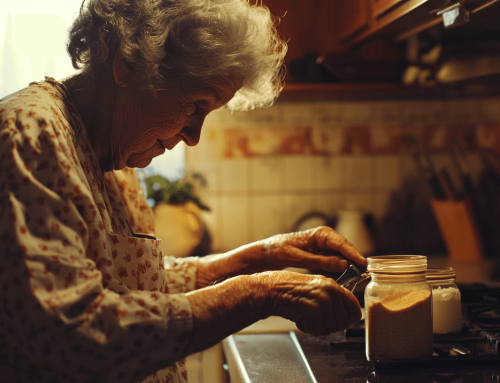Dr. Trevor Chan,
In my recent post, I discussed options for seniors housing and an approach on how to decide what level of support is a good fit for your loved one. If you have decided that a move is required, deciding on a specific facility can be quite daunting. Here is a listing from the Unison Kerby Centre with all the different offerings in the Calgary( page 91). In this post, I point out what are some key factors to be aware of when choosing a specific facility.
How Much?
The biggest consideration is cost and there is a very large spectrum of what is available. If your budget is limited, the Kerby Centre has a listing of subsidized units(page 102). But be warned, the waitlist is lengthy. We frequently hear the shock of high cost of seniors housing. Factors that contribute to the pricing:
Location – the old real estate adage applies here. Newer facilities tend to be in the periphery to lower the cost.
Building Quality – the size of the units, finish of the building
Programming and Amenities – the bells and whistles with gyms, movie theatres, exercise programs and painting classes. Assess what is the likelihood your loved one will take advantage of the amenities offered.
Care hours – find out how many hours per day or week will be provided for the monthly charges paid.
Rather than being swayed by the ideal lifestyle offered by the marketing materials, assess how their mobility and personality match a facility.
Accessibility features are often under appreciated but worth the upgrade, The Rick Hansen Foundation has a buildings accessibility guide on things that will make life easier for people with disabilities. Key features to look for are:
curb-less showers,
widened door frames,
heightened toilets
wheelchair accessible sinks
fast elevators
A key point is to consider is that at every level of care, with the exception of long term care (CCH Type A ), more care will likely be required at some point down the road. Ensure that there is space in the budget to add more care.
The People
Naturally, families focus on the amenities and the condition of the property. However, don’t let chandeliers, fancy movie theatres or painting stations obscure the people working there. Rarely do the bells and whistles of a facility determine the quality of life there. Take note of how many staff are around when touring sites. The ratio of care providers and ancillary staff to residents will have a bearing on how quickly your loved one is attended to, the number of social programs offered or repairs addressed within their unit. Are there staff there that can speak your loved one’s language if they are not a native English speaker? Some facilities may have a concentration of cultural groups and have workers who are able to speak their native tongue. Communication is vitally important at this stage.
Health Care Staff
Inquire about the details of the healthcare staff. As seniors age, getting to a doctor’s appointment becomes increasingly difficult.There may be physicians attached to a facility. But ask how often do they visit? Are they taking patients still? Are they accessible when they are not there?
From a nursing standpoint, ask if there are registered or practical nurses available to assist with providing and coordinating more advanced care for your loved one which can be very helpful. Occasionally, some facilities may hint that a nurse is available on premise for potential residents to independent living. However, that nurse may not be available or requires a higher tier of payment. Clarify whether they are able to access nursing services if they are on an independent tier of living. Further, discuss with any prospective facilities what are their abilities or willingness to accept complex medical patients after surgery or a hospital stay. Some facilities may refuse to receive back a more medically complex patient thus forcing a senior to locate a new place to live.


Food
Meals play a tremendous role in the quality of life so it is worth taking some time to dig in a little more. Ask other residents about:
-The quality and types of food served, particularly if your loved one has strong food preferences.
-Timing of meals. Some facilities only have a narrow window when meals are provided, particularly breakfast. Does that fit with your senior’s normal pattern of waking?
– Do they deliver? After surgery or hospitalization, some residents may find it helpful to have meals delivered while they recuperate.
Some facilities may be able to better cater to certain cultural backgrounds from a food perspective. Be aware that some of these facilities may have a lengthy waitlist, sometimes even years.
Proximity
Often the most important factor is the physical proximity to the rest of the family. Having the familiar face of a family member is a very important component in terms of reducing their risk for delirium, improving their mood or willingness to accept care.
Finally, consider how care evolves within a senior at the facility. Things can quickly change after a major medical event; having the ability to increase care can be helpful and minimize the risk of multiple moves. If moving to an independent facility, find out if care can be added. Is there a memory care or dementia unit if your loved one is showing signs of cognitive impairment? Are the staff trained to provide care to those with dementia?
Picking a facility to move mom or dad requires a number of factors to consider. There are practical and emotional factors to weigh. Beyond Neighbours can help with planning and adding care to support your loved one, wherever they are. In our next post, we will discuss some of the issues that come up after the move.





